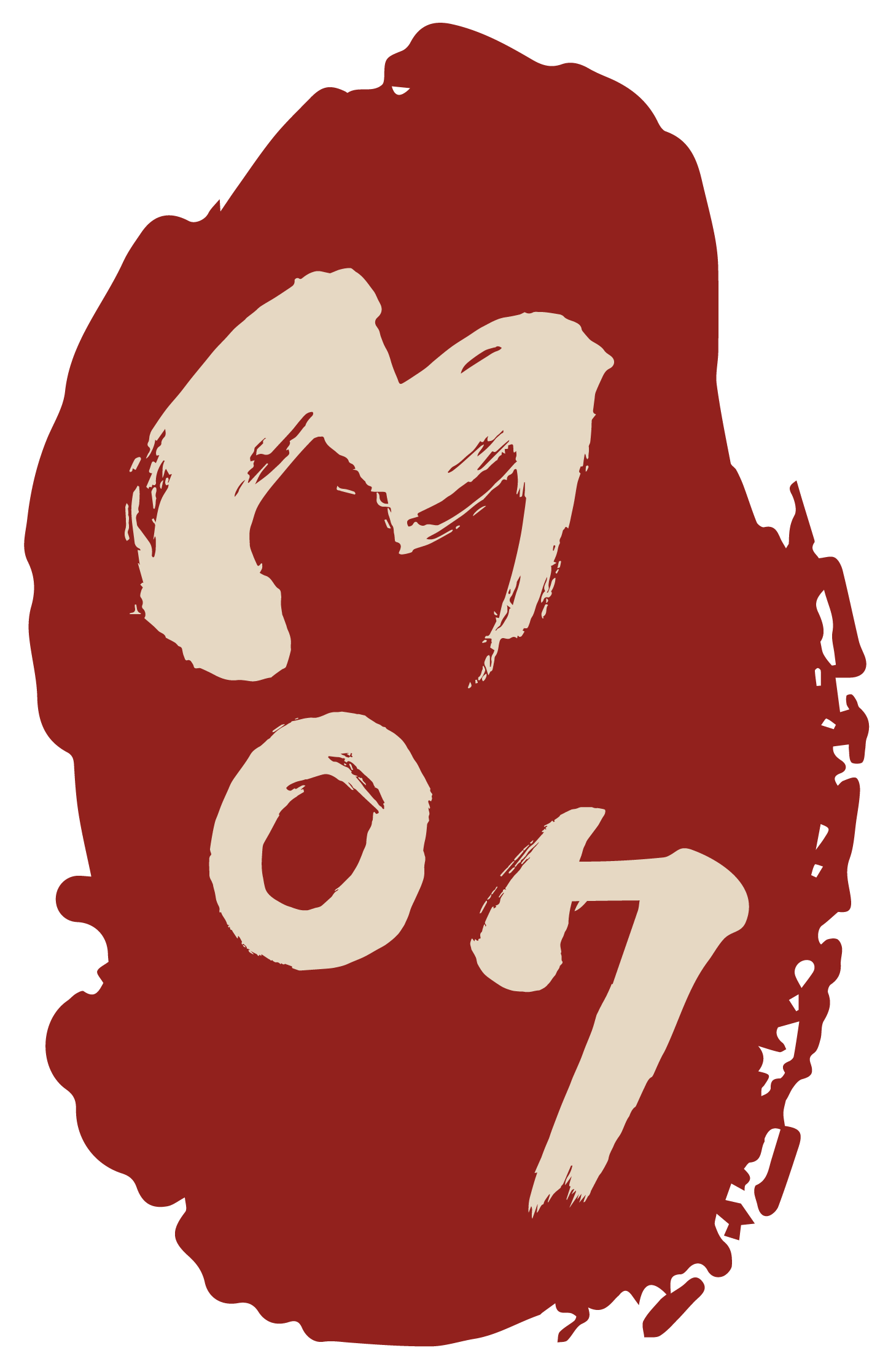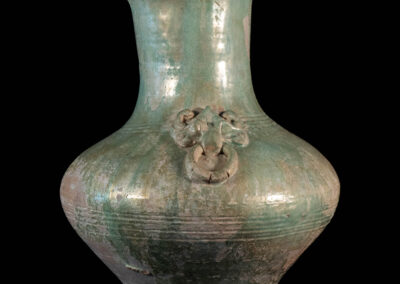Vase with T’ao/t’ie–Masks
Vase
Vase with translucent glaze in light green and sand. Bulbuous shape, low rectangular standing blocks. Zoomorphic ornaments bilaterally on the shoulders-neck transition. As T’ao/t’ie – Masks they are used for numerous sacred bronze vessels (and imitations in clay) and should protect from misfortune.
Object ID
Han_010
Age
Han Dynasty (206 BC – 220 AD)
Material
Translucent glazed ceramics
Color
green / sand
Diameter (middle)
33 cm
Diameter (neck)
15.5 cm
Diameter (bottom)
17 cm
Height
49 cm
Standfoot / floor plate
Tripod
Condition
Good, partly chipped off
Price
on request
Description
Vase with translucent glaze in light green and sand. Bulbuous shape, low rectangular standing blocks. Zoomorphic ornaments bilaterally on the shoulders-neck transition. As T’ao/t’ie – Masks they are used for numerous sacred bronze vessels (and imitations in clay). The vase has a long neck, a bulbous body and a narrower footprint. The bulbuous shape is decorated with lines around the neck and the body. Low rectangular standing blocks (tripod). Biliterally we discover zoomorphic ornaments. These are applied reliefs, the typical T’ao/t’ie – Masks of the Han-Dynasty [1]: the ornament is symmetrically shown from the front with a forehead-shield, staring eyes, horns (like from a widder or water buffalo), and a ring through the nostrils. It is interpreted as an animal demon. Those masks were often compared with the Greek gorgon head, like this an apotropaeic symbol that should protect from misfortune. In the context of this decor of magic importance/effectiveness never were found plant-motives. [2] (HV)
________________________
[1] Willetts, William (1968): Das Buch der Chinesischen Kunst. Von der Jungsteinzeit bis heute. Econ Verlag. Düsseldorf/Wien. 124-125.
[2] Goepper, Roger (1968): Kunst und Kunsthandwerk Ostasiens. Ein Handbuch für Sammler und Liebhaber. Keysersche Verlagsbuchhandlung München. München. 45-47.







